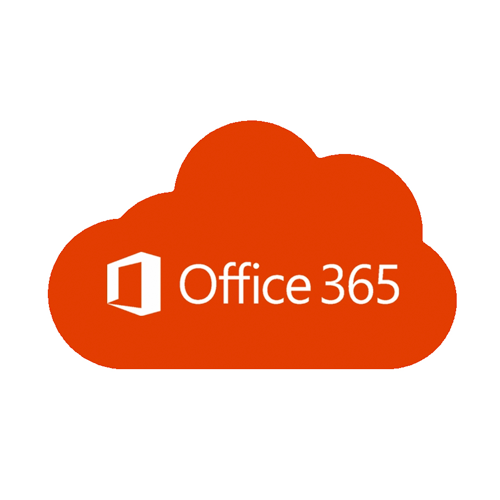

SQL Server 2014 Standard 1 User Activation
Rs 12,990.00
Need Help? Contact Us via WhatsApp
With the ability to work in both the cloud and onsite in brick and mortar locations, Microsoft SQL Server 2014 Standard Edition enables you to easily deploy applications and to ensure that you have a foolproof disaster recovery strategy in place.
Speed is critical in accessing, analyzing, and molding both internal and external data and Microsoft SQL Server 2014 Standard delivers in performance even in very high-demand environments.
Memory-optimized xVelocity columnstore indexes, a new type of non-clustered indexes, are now a part of Microsoft SQL Server 2014 Standard. This significantly speeds up how much time it takes to do common data warehouse queries.
Microsoft bases xVelocity columnstore indexes on Vertipaq in-memory data compression technology. This technology enables large data sets to be compressed in-memory, which means that queries use less I/O. You can see performance improvement of up to 100 times faster than that of older methods of data retrieval. This means that queries require less I/O.
In addition Microsoft SQL Server 2014 Standard is the first SQL Server version that has update capability for columnstore indexes.
Buffer pool extension has been added to Microsoft SQL Server 2014 Standard. This extension allows integration of a non-volatile RAM (solid state) drive with the Database Engine buffer pool. This provides the benefits of faster I/O throughput, less I/O latency, better read performance, and the creation of a caching environment that works well with lower-priced disks.
Two new setting have been added to the Resource Governor (manages physical I/O of user threads in a resource pool) in Microsoft SQL Server 2014 Standard.
The new settings are MAX_IOPS_PER_VOLUME and MIN_IOPS_PER_VOLUME. These settings are valuable in predicting critical workload physical I/O operations and managing those effectively.
In Microsoft SQL Server 2014 Standard, AlwaysOn Availability Groups are integrated with Windows Azure virtual machines. This is a significant enhancement to the AlwaysOn capability that ensures uptime and disaster recovery via the cloud, no matter what is happening – or has happened – on site (server crash, natural disaster, electrical outage, etc.).
With this new integration, server administrators now can add Windows Azure virtual machines (VMs) as asynchronous Availability Group replicas. Up to eight additional secondary replicas are supported by Microsoft SQL Server 2014 Standard to be available for read workloads even if they are disconnected from the primary replica.
Database backup are now fully integrated with Azure, allowing database backups and restores to be done directly from onsite to Azure (backup) and from Azure to onsite (restore). This allows quick disaster recovery and saves organizations extended downtime and lost productivity and revenue.
Additionally, very strong enhancements to server and database security have been included in Microsoft SQL Server 2014 Standard.
Only logged in customers who have purchased this product may leave a review.
Reviews
Clear filtersThere are no reviews yet.
Only logged in customers who have purchased this product may leave a review.



 Windows 11
Windows 11 Windows 10
Windows 10 Windows 8
Windows 8 Windows 7
Windows 7 Windows XP
Windows XP
 Microsoft 365
Microsoft 365 Office 2019
Office 2019 Office 2013
Office 2013 Office 2010
Office 2010 Project 2021
Project 2021 Project 2019
Project 2019 Project 2016
Project 2016 Visio 2021
Visio 2021 Visio 2019
Visio 2019 Visio 2016
Visio 2016
 Server 2008
Server 2008 SQL Server
SQL Server
 Avast
Avast Utility & Tools
Utility & Tools PDF Editor
PDF Editor CAD & 3D, 2D
CAD & 3D, 2D Graphics/Drawing
Graphics/Drawing



























 Microsoft 365
Microsoft 365 Office 2021
Office 2021 Office 2019
Office 2019 Office 2013
Office 2013 Office 2010
Office 2010 Server
Server

Reviews
Clear filtersThere are no reviews yet.